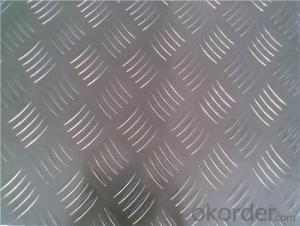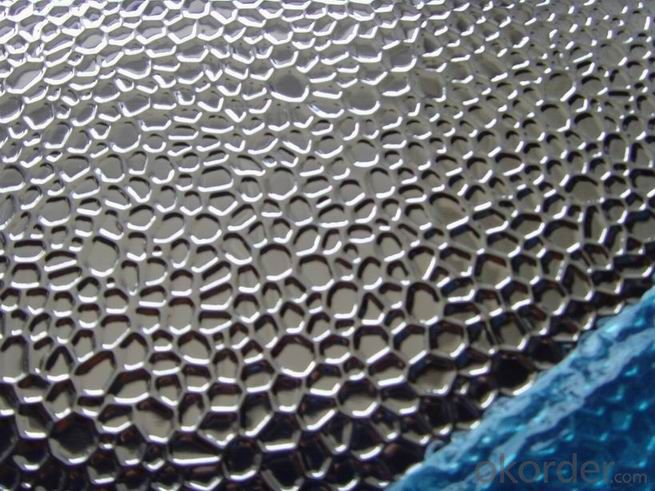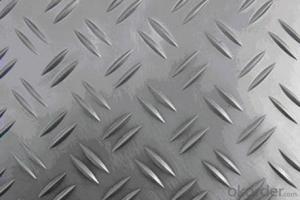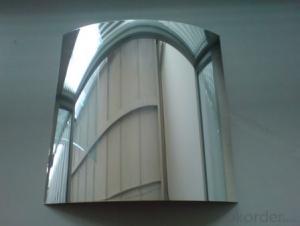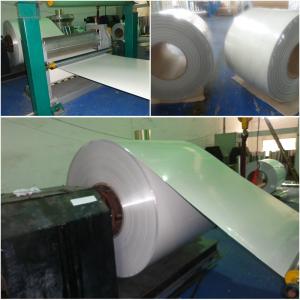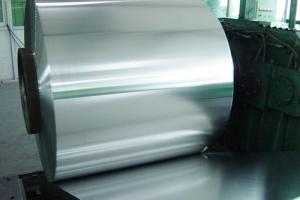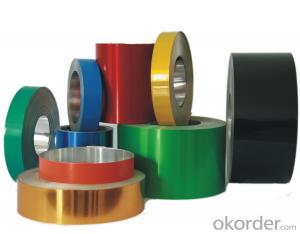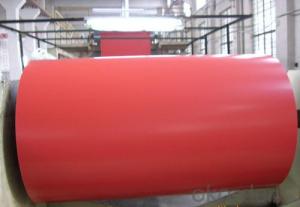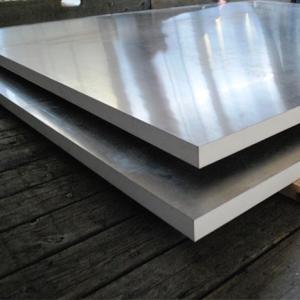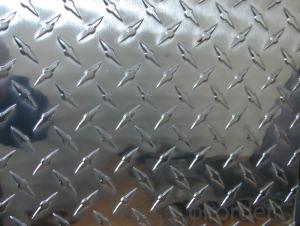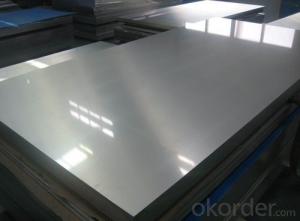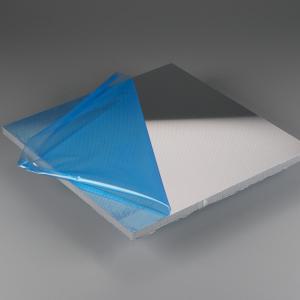Aluminum Sheets for Attics - Cold Rolled/Hot Rolled Aluminium Coil with Embossed/Mirror/Color Coated Treatment
- Loading Port:
- Shanghai
- Payment Terms:
- TT OR LC
- Min Order Qty:
- 5 m.t.
- Supply Capability:
- 9000 m.t./month
OKorder Service Pledge
OKorder Financial Service
You Might Also Like
Specification
Product Description
Product | aluminium coil |
Thickness | 0.25mm-2.0mm |
Width | 800mm-1900mm |
inner diameter | 505mm (as per requirements) |
weight | 2000kg-3000kg |
Material | 1050,1060,1100,3003,3004,3105,5052,5005, 5754,5083,6061,6063 etc |
Temper | O,H12,H14,H16,H18,H24,H26, H32,H34,H111,H112,T3,T5,T6 etc |
Surface | flat |
Packing | Export standard wooden pallets (as per requirements) |
Minimum Order Quanlity | 5 tons pre size |
Delivery time | 20-30 days after receiving L/C or deposit |
Loading Port | Qingdao,Shanghai China |
Remark | Specific requirement of alloy grade,temper or specification can be discussed at your request |
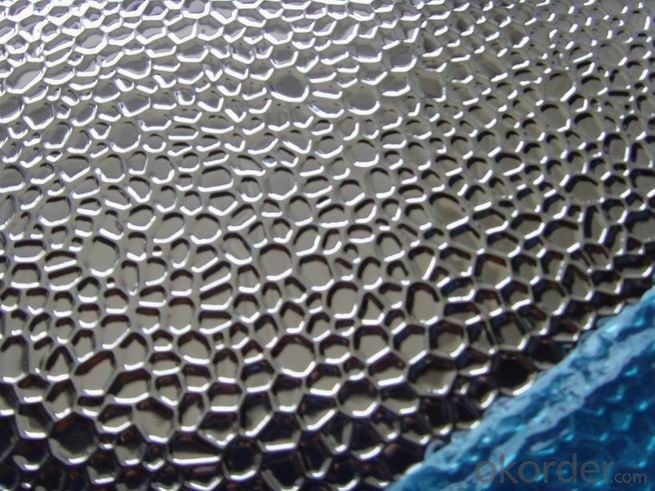
Packaging & Shipping
1.with wooden pallet packing.
2.standard fumigated wooden package.
3.other packing methods by customer's requirement.
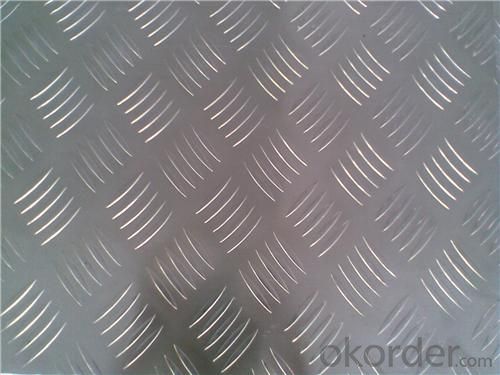
Company Information
Our company is a leading company in the field of producing aluminum sheet,aluminum plate,aluminum coils,aluminum tap,aluminum foil and other products.we have the hot rolling production line,casting&rolling production line,cold rolling production line,shearing machine,annealing furnace and other equipment
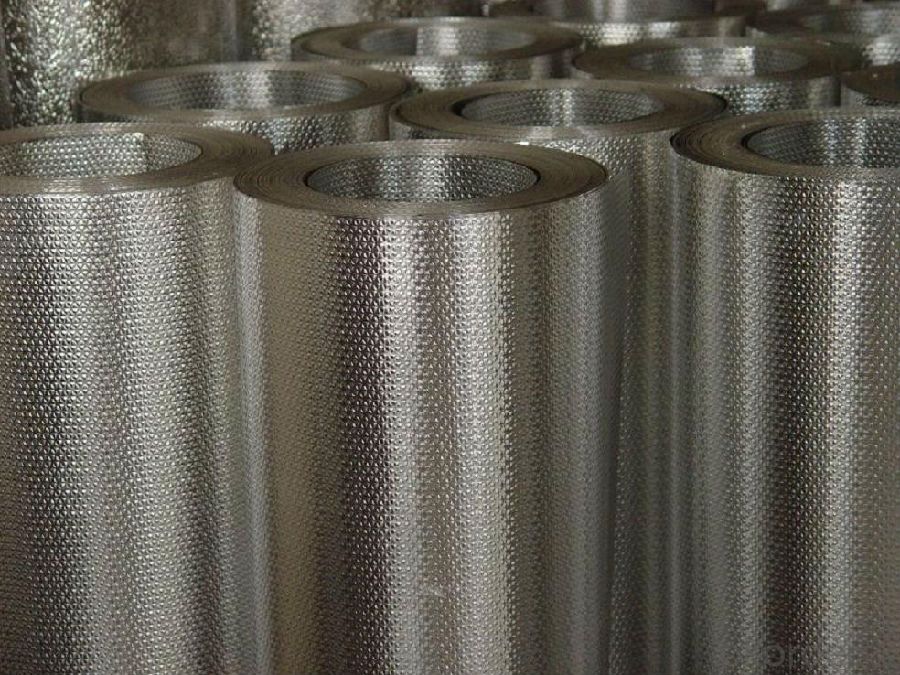
- Q: This question asks about the impact of using aluminum sheets on the aesthetic appeal of a building.
- <p>Aluminum sheets can significantly enhance the appearance of a building due to their versatility, durability, and modern aesthetic. They offer a sleek, clean look and can be easily shaped into various designs, adding a contemporary feel. The material's resistance to corrosion and weathering ensures that the building maintains its appearance over time. Additionally, aluminum sheets can be coated with various colors and finishes, allowing for customization and the ability to blend with or stand out from the surrounding architecture.</p>
- Q: Are aluminum sheets suitable for electrical bus bars?
- Yes, aluminum sheets can be suitable for electrical bus bars in certain applications. Aluminum has several properties that make it a viable option for bus bars. Firstly, aluminum is a lightweight material, which can be advantageous in applications where weight reduction is important. Additionally, aluminum has good electrical conductivity, although it is not as conductive as copper. However, aluminum bus bars can still handle high electrical currents and are commonly used in power distribution systems. One downside of aluminum bus bars is that they have a higher resistance compared to copper bus bars. This means that they can generate more heat, especially under high current loads. To mitigate this issue, aluminum bus bars are often designed with larger cross-sectional areas to reduce resistance and dissipate heat more effectively. Another challenge with aluminum bus bars is their susceptibility to oxidation and corrosion. This can be addressed by applying protective coatings or using alloys with better corrosion resistance. It is also important to ensure proper insulation and avoid contact with dissimilar metals to prevent galvanic corrosion. In summary, aluminum sheets can be suitable for electrical bus bars, especially in applications where weight reduction is important. However, careful consideration must be given to factors such as electrical conductivity, heat dissipation, and corrosion resistance to ensure optimal performance and longevity of the bus bars.
- Q: This question asks for methods to guarantee the safety and reliability of a project when using aluminum sheets.
- <p>To ensure your project's safety and reliability using aluminum sheets, follow these steps: 1. Choose high-quality aluminum sheets with the appropriate thickness and grade for your project's requirements. 2. Ensure proper design and engineering to withstand expected loads and stresses. 3. Use appropriate fasteners and joinery methods to secure the sheets, avoiding stress concentrations. 4. Implement corrosion protection measures such as coatings or anodizing, especially for outdoor applications. 5. Perform regular inspections and maintenance to check for signs of wear, corrosion, or damage. 6. Adhere to safety standards and regulations for aluminum construction. 7. Consult with professionals or engineers experienced in aluminum fabrication for guidance and validation.</p>
- Q: What kind of material is 2A12 aluminum sheet?
- 2A12 is a typical Al Mg alloy in Al Cu mg system. Its composition is reasonable and its comprehensive properties are better. Many countries produce this alloy, which is the largest in use. The alloy is characterized by high strength, a certain heat resistance, and can be used as working parts below 150 degrees C.
- Q: I'm gonna drop the dime and get a bass boat. other than weight why is a fiberglass better than aluminum?I'm looking at the difference between the top of the line BassTracker and the bottom of the line Nitro. I only want about a 90 -115 hp and I'm gonna buy a couple years old to save some money.. so what are the pros - cons?
- The biggest issue is Weight. Generally speaking aluminum is lighter than fiberglass. This is a consideration for fish-ability, ride, and hidden costs. Another thing you have to consider is How are you going to get it to the water? You could pull a aluminum boat with a 4 or a 6 cylinder... Glass boats are heavy by comparison, cost more to run cost more to fix/replace if you have to. Glass boats are more comfortable to drive especially on open water. For the most part, glass boats are more attractive (imho). You have to look at where you're going to fish the most. Here in Norther NJ, most lakes are small and (believe it or not) some are remote. I drive a 6 cyl 4x4 Jimmy if I had an equivalent sized glass boat, I wouldn't be getting into some spots.
- Q: What are the various kinds of aluminum sheets utilized in the manufacturing of automobiles?
- <p>Aluminum sheets are widely used in automobile manufacturing due to their lightweight and strength. The different types include: 1. 5000 series aluminum sheets, known for their good formability and corrosion resistance, often used for body panels. 2. 6000 series aluminum sheets, which are strong and used for structural components. 3. 7000 series aluminum sheets, known for their high strength-to-weight ratio, used in safety-critical parts. 4. Aluminum alloy sheets, which combine the properties of aluminum with other elements for specific applications. 5. Aluminum clad sheets, which have a corrosion-resistant layer on the surface. These types are chosen based on the specific requirements of each automotive component.</p>
- Q: What is the typical sheet size tolerance for aluminum sheets?
- The typical sheet size tolerance for aluminum sheets can vary depending on the specific application and industry standards. However, in general, the industry standard for aluminum sheet size tolerance is typically around +/- 0.005 inches. This means that the actual size of the aluminum sheet can deviate up to 0.005 inches from the specified or desired size. It is important to note that this tolerance can be further reduced or increased based on the specific requirements of the project or customer preferences. Additionally, it is advisable to consult the manufacturer or supplier of the aluminum sheets to get the most accurate and up-to-date information on sheet size tolerances, as they may have specific guidelines or capabilities that differ from the industry standard.
- Q: Can aluminum sheets be painted?
- Yes, aluminum sheets can be painted. However, it is important to properly prepare the surface by cleaning, sanding, and using a primer specifically formulated for metal surfaces to ensure good adhesion of the paint.
- Q: I need to coat a piece of aluminum with aluminum oxide. Can I do it by just attaching aluminum to an electrode and put it into some water with the other electrode? I know you can make iron oxide that way, but will aluminum work? If it will work, which electrode should I put the aluminum on?
- it is called hard anodization a lot of machine shops can do it - I think there is a certain soup to put it in The Al would be the anode
- Q: Can aluminum sheets be used for flooring?
- Yes, aluminum sheets can be used for flooring. Aluminum is a lightweight and durable material that is resistant to corrosion, making it a suitable choice for various flooring applications. Aluminum sheets are often used in industrial, commercial, and residential settings, including warehouses, garages, kitchens, and outdoor spaces. They offer good strength, easy installation, and low maintenance. Additionally, aluminum flooring can provide a sleek and modern appearance to any space. However, it is important to consider factors such as thickness, finish, and the specific requirements of the flooring project before selecting aluminum sheets.
Send your message to us
Aluminum Sheets for Attics - Cold Rolled/Hot Rolled Aluminium Coil with Embossed/Mirror/Color Coated Treatment
- Loading Port:
- Shanghai
- Payment Terms:
- TT OR LC
- Min Order Qty:
- 5 m.t.
- Supply Capability:
- 9000 m.t./month
OKorder Service Pledge
OKorder Financial Service
Similar products
Hot products
Hot Searches
Related keywords
